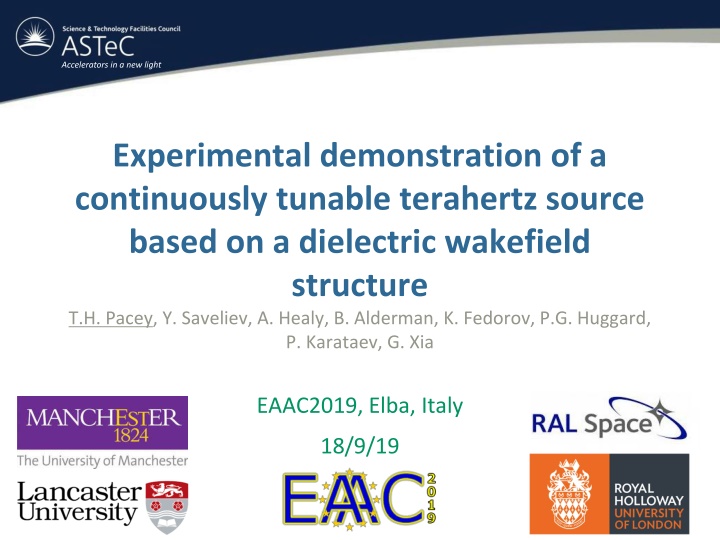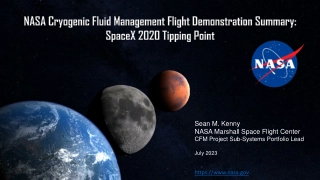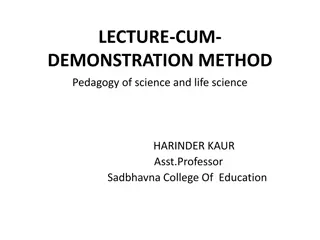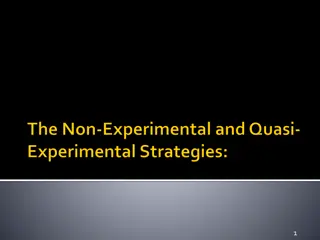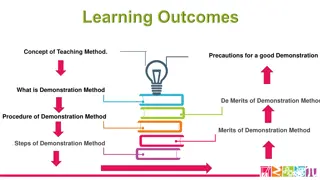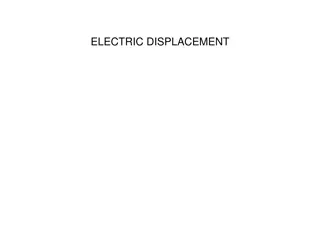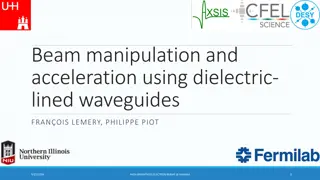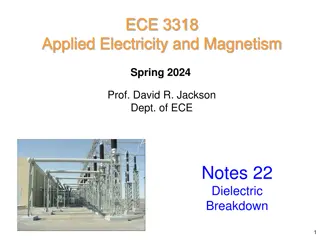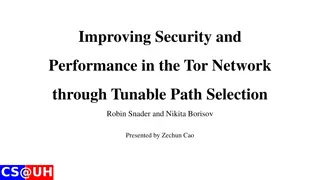Experimental Demonstration of Continuously Tunable Terahertz Source in Dielectric Wakefield Structure
Studying radiation in a dielectric wakefield accelerator for continuous tunability of a terahertz source. The research explores Coherent Cherenkov radiation, varying structure gaps to control frequency and pulse energy. Experimental setup includes bespoke diagnostics and variation of CCR pulse energy. The study aims to achieve controllable terahertz radiation by adjusting the dielectric structure gap.
Download Presentation

Please find below an Image/Link to download the presentation.
The content on the website is provided AS IS for your information and personal use only. It may not be sold, licensed, or shared on other websites without obtaining consent from the author.If you encounter any issues during the download, it is possible that the publisher has removed the file from their server.
You are allowed to download the files provided on this website for personal or commercial use, subject to the condition that they are used lawfully. All files are the property of their respective owners.
The content on the website is provided AS IS for your information and personal use only. It may not be sold, licensed, or shared on other websites without obtaining consent from the author.
E N D
Presentation Transcript
Accelerators in a new light Experimental demonstration of a continuously tunable terahertz source based on a dielectric wakefield structure T.H. Pacey, Y. Saveliev, A. Healy, B. Alderman, K. Fedorov, P.G. Huggard, P. Karataev, G. Xia EAAC2019, Elba, Italy 18/9/19
Outline Experimental setup Variation of THz pulse energy Variation of THz frequency Outlook & conclusions
Background Studying the radiation generated in a rectangular dielectric wakefield accelerator (DWA) This is Coherent Cherenkov radiation (CCR) Present in all DWAs the thicker the dielectric the more multi-mode the spectrum Sub-ps bunch = sub-THz radiation Select of waveguide parameters for single mode excitation Previous studies have demonstrated stepwise tunablility Tubes of various sizes [1], bunch trains to resonate HOMs [2] Aim of this study was continuous tunability by varying the structure gap [1] A.M. Cook et. al., PRL 2009 [2] G Andonian, et. al., APL 2011
CLARA/VELA BA1 Experimental area for variety of experiments, including novel acceleration On VELA line, fed by CLARA front-end via dog-leg -> sub-ps bunches See slides in previous talk by Y. Saveliev
Beam parameters and & DLW design Failed manufacture Parameter Symbol Value Energy E 35 MeV Charge Q 70 pC RMS horiz. x 150 m RMS vert. y 70 m Successful manufacture RMS length t 0.3 ps Width wx 2 mm Length Lstr 40 mm Dielectric thickness Thin dielectric layer for tunability 25 m Base of dielectric must meet coupler horn Manufacture from quartz wafers is non-trivial!
ExperimentalSetup Bespoke THz diagnostic system 3x Pyroelectric detectors used Measurements of RMS bunch length via CTR spectrum Structure gap varied with picomotors, precision 20 m Cameras used to view structure gap
Variation of CCR pulse energy (1) Gap = 540 m Energy increases at maximum compression Rapidly falls away from compression Calibrating the pyroelectric detectors gives maximum pulse energy of 0.6 J Quasi-quadratic fit with charge ? ?2? ?? 2 Assume Gaussian longitudinal profile ? ?? ?(??,?) Vary t linearly from 0.25ps to 0.30ps with Q Gap = 590 m
Variation of CCR pulse energy (2) Field should be be increasing But frequency is increasing Bunch coupling reduces Overall Field strength is decreasing Frequency isn t changed significantly Theory calculated from normalised Poynting vector from [3] using a Gaussian bunch [3] D. Mihalcea, et. al., PRSTAB, 2012
Variation of CCR frequency with gap CCR spectra Interferogram for 300 m Agreement with simulations, and analytical calculations [3] 25 m thickness tunes from 0.95 to 0.55 THz Error bars = FWHM spectrum Also studied thicker dielectric layers (previous talk by Y Saveliev)
CCR pulse bandwidth Theory predicts variation of group velocity (??) with structure gap Therefore pulse length should also change 1 ?? ?? ? ? = ???? Did not observe as limited by interferogram scan length All bandwidths FWHM in range 50 GHz Minimum BW would be limited in reality by dielectric absorption, dispersion etc.
Variation of pulse energy with frequency Bunch coupling reduces Decreasing bunch length benefits greatly Frequency doesn t change Field just decreases Use measured frequencies for data Map theory from gaps to frequency
Excitation of HOMs Weak excitation of HOMs Maybe some decrease as bunch aspect ratio increased Dominated by single fundamental mode
HOMs in thicker dielectric structures = 100 m Gap = 540 m 100 m thick dielectric still quasi- single moded With reduced tunability, 0.3 0.4 THz 200 m thick dielectric highly multi- moded Further reduced tunability, 0.15 0.2 THz Qualitative agreement with theory for variety of modes = 200 m Gap = 460 m
Outlook Higher charges (200 pC +) and shorter bunch (~100 fs) would produce 10s J level source This highly compact source which would integrate well into table-top accelerator systems LWFA systems already producing the short bunches required, clear potential synergy Intrinsic synchronisation with the beam benefits pump-probe type experiments Ultrashort bunches and/or bunch trains could hit HOMs >3 THz
Conclusions Demonstrated continuously tunable CCR across band 0.55 0.95 THz using variable gap DWA with thin dielectric layer Single mode operation with negligible excitation of HOMs Estimate pulse energy of 0.6 J from only 70 pC bunch, at frequency of 0.65 THz Verified analytical models of DWA across a wide range of experimental parameters Stepping stone towards future UK DWA experiments
